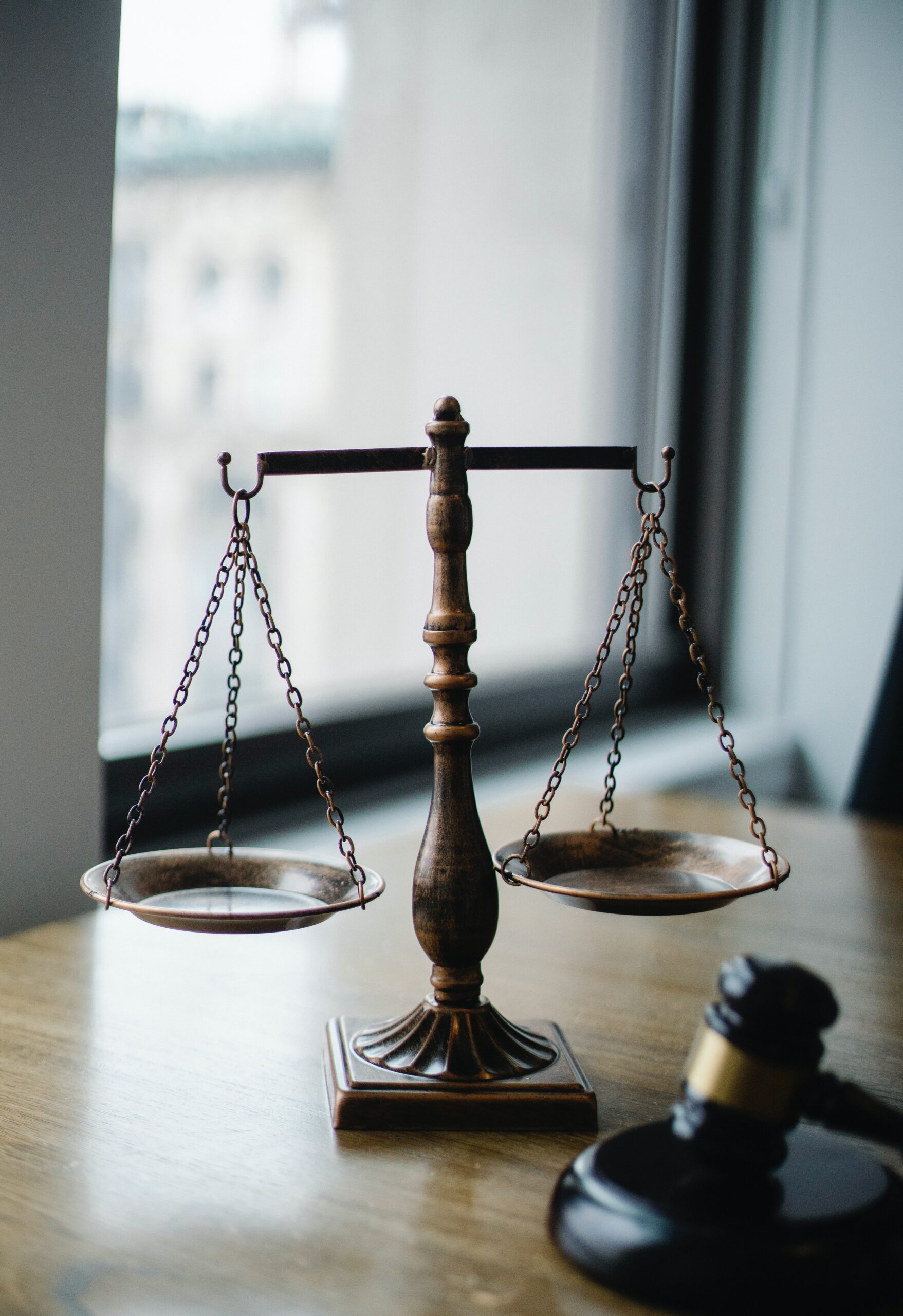Trademark Oppositions | Opposing a Trademark
So you’ve filed for your trademark application and now its been approved by the examining attorney and published for opposition. Congratulations! You should feel a huge sense of accomplishment! It’s not the easiest task as a business owner. You’ve invested your time, energy, and valuable resources into the process.
While obtaining a successful trademark with the USPTO is cause for celebration, it’s not necessarily final. What are we talking about? Trademark opposition. Anyone with standing can oppose the trademark of any given other party. But, only after the mark is in the Official Gazette. The opposition must be filed within 30 days of the mark’s publication. But, a potential opposer is entitled to file a request to extend for an additional period up to 90 days. In addition, the opposition has to be filed within and no later than 180 days of publication.
Filing a Trademark Opposition
Let’s discuss the grounds for opposing a trademark! Are you looking into filing an opposition? Or, are you the target of an opposition? Either way, you should know how trademark opposition works.
Anyone who might wish to file a trademark opposition should deeply consider the probability of winning. How is that probability reasonably determined? Namely, evidence. Just like with registration, opposition involves an investment of money and time. And, poses some risks to the business doing the filing. To ultimately have a valid opposition, the onus is on the opposer to submit proof of their claims in the form of evidence.
In the beginning of the process, the opposer files a notice of opposition (this can be done electronically). The general reason for the opposition is the belief that the mark’s registration will somehow cause harm or damage. After the filing, the business that applied for the trademark will be notified of the opposition and the facts and legal claims behind it. Additionally, the opposer also has to establish they are entitled to take action and go forward with an opposition with the Trademark Trial and Appeal Board (TTAB). This is referred to as standing and is based on the party’s “entitlement to bring a statutory cause of action.” How does an opposer prove to the TTAB that their claims of opposition are legitimate? By showing that they will sustain damage if the registration is issued. Any opposer who fails to convince the TTAB of their legitimate standing will be dismissed.
How Is Standing Established?
Most often, standing is established by having a trademark registration (or just an unregistered common law trademark) which would be diluted or damaged by having this other application be registered. Technically, this is the first thing that is established once an opposition proceeding is filed (it’s the opposer’s initial burden of proof) but it really is something that is declared during the initial filing. This is not as much a”ground” for opposition as it is a pre-requisite to be able to attempt to oppose under any grounds.
The Process of Opposing a Trademark
Once the opposition notice is filed, the applicant will be notified and informed by the TTAB that they will need to submit an answer to the opposition. What’s the time frame for that response? The TTAB decides that, along with the date of discovery and trial. We should note, only a very small percentage of trademarks published in the Gazette for opposition result in an opposition proceeding. This has to do with the difficulty an opposer will face when trying to prove that actual damage will occur as a result of trademark registration. Filing an opposition comes with several fees! An opposer will have to pay $300 per class for each opposition.
The grounds for submitting an opposition to a published mark are varied! As you might’ve guessed, the method by which an opposing party can prove their case likewise depends on the claims being made. The grounds range from fraud and abandonment of the mark to dilution. Dilution means that the distinctiveness of the mark will be negatively affected. For an opposer claiming dilution, they will have to prove that the mark was theirs and well-known before the first use by the applicant. Other reasons include mere descriptiveness, absence of legitimate intent to use or actual legitimate use, and likelihood of confusion. Some of these grounds overlap with reasons why the application would be denied by the examining attorney. Interestingly, the TTAB is not beholden to the examining attorney’s decision during the opposition process. The TTAB considers the evidence provided by the opposer during the opposition proceeding.
Common Grounds for Trademark Opposition
Common Grounds for Opposing a Trademark:
- Mere Descriptiveness
If the applicant’s trademark is limited to a description of the goods or services. The opposer will have to prove that the mark is just descriptive, based on function, characteristic, purpose, etc. of the goods or services. The descriptiveness is evaluated in direct relation to the goods or services. The reason for this opposition is to keep any one entity from maintaining a monopoly over a term or phrase that may be used by other businesses.
- Absence of Legitimate Intent to Use
The opposer can cite this as a reason for their opposition if they can prove that the applicant does not truly intend to use the mark in question in commerce.
- No Actual Legitimate Use
If the applicant filed a use in commerce application, the opposer can oppose the mark by submitting evidence that the applicant has not actually used it before the application was filed.
- Likelihood of Confusion
If the applicant’s mark might easily cause consumer confusion with the opposer’s registered or already-in-use mark. Furthermore, when evaluating potential likelihood of confusion, the TTAB will analyze the claim of opposition based on a test. The test addresses the similarity of the marks, the goods or services, the trade channels, the fame of the existing mark, and any evidence of confusion.
Opposition Proceedings vs Cancellation Proceeding…
The process of opposing a trademark is somewhat complicated! The proceeding involves pleadings, discovery, testimony, briefs, an oral hearing, and the termination of board proceedings. Don’t confuse an opposition proceeding for a cancellation proceeding, which can happen anytime but is usually filed after a mark is already registered. If you’re curious about those proceedings, check out our article on trademark cancellations here. In this post, we’ve touched on the overall components, but there’s much more detail involved if an opposition proceeding takes place!
Legal Counsel Can Help With Trademark Opposition, Opposing a Trademark
Our team at Stockman & Poropat, PLLC can assist you in figuring out the best way to navigate a trademark opposition. Whether you want to proceed with a trademark opposition or a trademark cancellation, you’ll want to thoroughly assess the benefits versus the downsides of litigation. We can also develop an alternative resolution to the dispute for you! Contact us today for a free consultation!
Up next we will be discussing Descriptive Trademarks.


